Evaluate a painting online from a photo: how to find out the value of an artwork
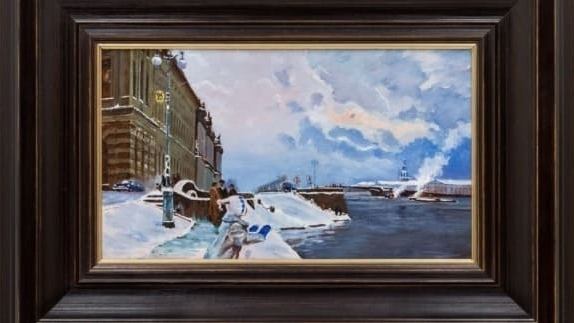
Art owners are often interested in the value of their pieces, how much they may cost, and how to properly evaluate a work. In this article, we will explore:
- why a painting, sculpture, graphic work, or icon may have two prices (purchase price and sale price);
- how prices are determined;
- which documents help sell a painting for a higher price;
- whether artificial intelligence can assist in determining a painting's value.
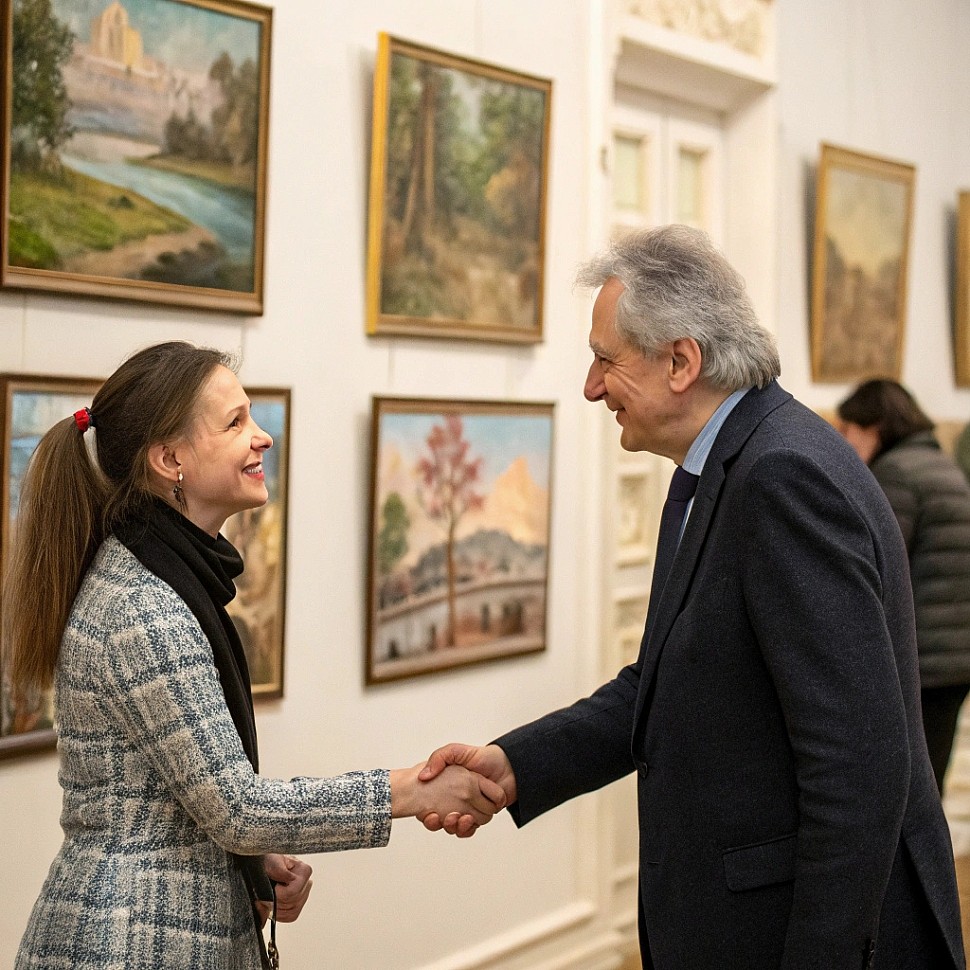
How to Sell a Painting for a High Price
Any product has two prices – the price at which it can be purchased and the price at which it can be sold. Art dealers, galleries, and collectors usually buy artworks at a lower price, carry out restoration work, prepare documentation, and sell them for a higher price. To prepare a painting for sale, it is worth:
- Establishing authorship – obtaining documents that confirm the artist of the painting (attribution expertise).
- Ensuring proof of authenticity – obtaining a conclusion from an expert laboratory on the authenticity of the artwork.
- Preparing provenance documents – the history of the painting’s ownership.
In other words, adding value significantly increases the final price.
For example:
- Sale without preparation: 100–200-500 USD
- Sale after preparation: 1000–2000-5000 USD
At auctions and galleries, paintings are often sold at higher prices because they go through full preparation, including advertising, restoration, and documentation. Moreover, the higher the price, the longer it takes to sell a piece of art.
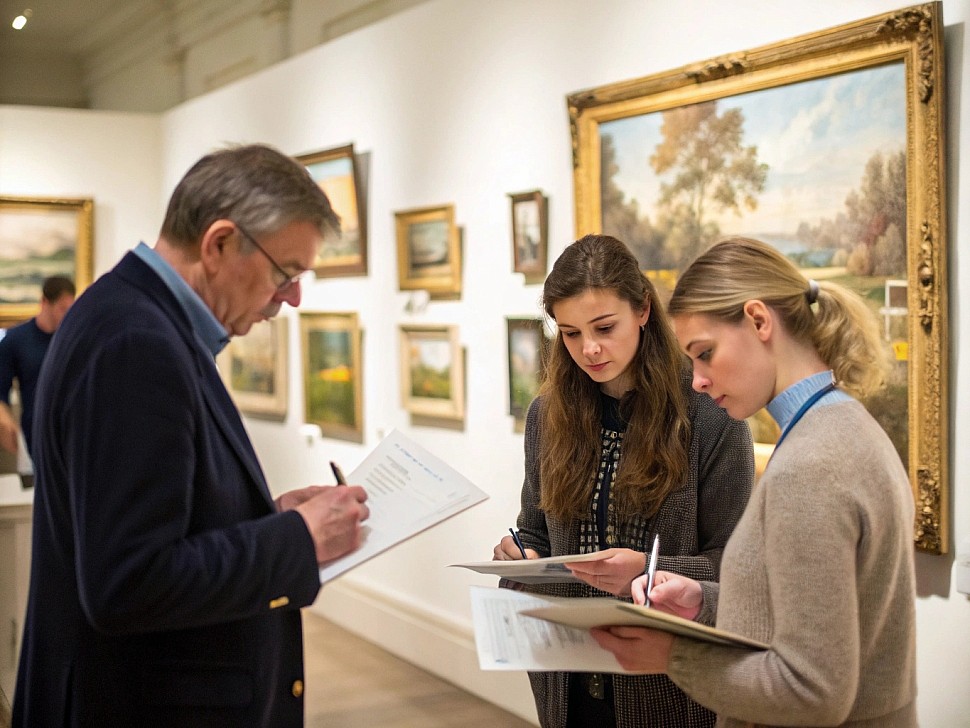
Which Documents Are Needed to Sell a Painting?
1. Documents confirming authorship
This is an attribution expert's conclusion that includes the artist's full name, a brief biography, the approximate or exact period when the artwork was created, the history of the subject, and a description of the artist's concept. This helps determine the market value of the artist’s paintings. Experts compare other original paintings by the same artist from the same period and analyze the painting submitted for evaluation. If the materials, technique, brushwork, and signature style match the artist’s other known works, then the painting is indeed attributed to that artist.
2. Laboratory authentication report
This report includes testing protocols such as pigment analysis, chemical and biological analysis, and spectroscopy. Additionally, to determine the exact age of a painting or icon, specialists conduct an examination of the surface using ultraviolet (UV) light, X-ray imaging, and stereomicroscope inspection.
This helps establish a more accurate time frame for the artwork’s creation and detect any alterations, additions, or restoration work.
3. Provenance (ownership history)
These documents may include:
- The history of the artwork's creation (for example, a photo of the artist in their studio painting the artwork or holding it).
- The history of previous owners (such as a bill of sale, a gift certificate, a photo from the owner’s collection), mentions in monographs, exhibition photos, or archival materials.
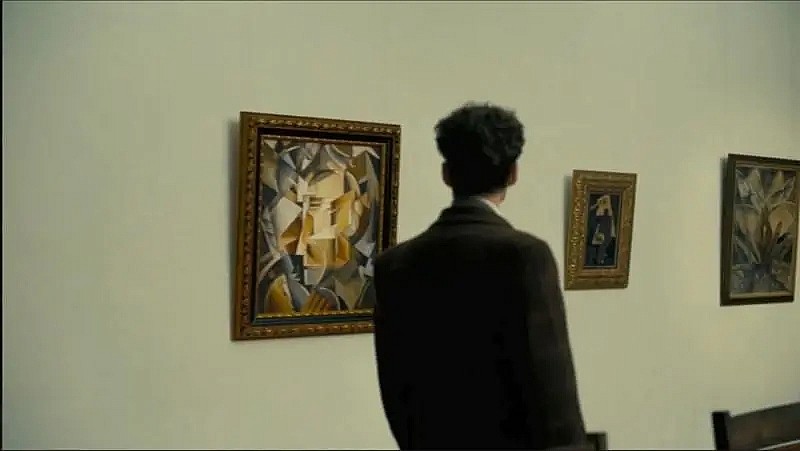
Thanks to expertly forged documents, a large collection of fake paintings by Ukrainian avant-garde artists, known as the Leonid Zaks collection, entered the European and American art markets. One of these paintings even appeared in a scene from the movie "Oppenheimer," when the main character, played by Cillian Murphy, walks into a museum to view a modern art exhibition. However, the forger was caught due to issues with provenance, claiming that his grandmother, Anna Zaks, a military medic in 1944–1945, received paintings by El Lissitzky and Alexandra Exter as gifts from Belarusian peasants she treated. |
The Buying Process: From Artwork Evaluation to Completing the Transaction
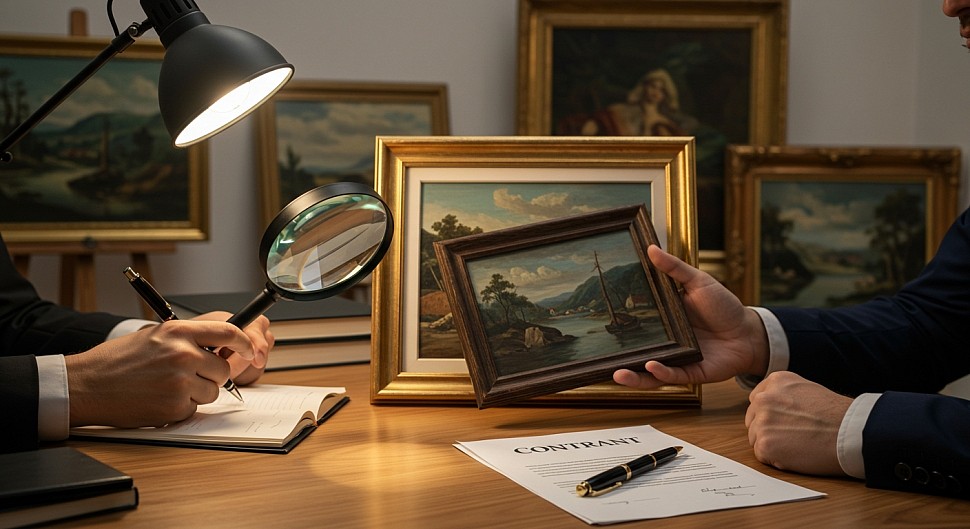
The process of purchasing artwork usually begins with a preliminary evaluation – either by reviewing photos or an online appraisal, where you send images to an expert or gallery. The next step is a detailed analysis by a specialist, which includes assessing the technical characteristics, creation history, and condition of the painting.
Once experts determine an approximate value, an in-person inspection of the painting is conducted. If the preliminary findings are confirmed and both parties agree on the price, a purchase agreement is signed. The final step is the transfer of funds and the artwork itself. The entire process can take anywhere from a few days to several weeks, depending on the complexity of authentication, the availability of documents, and communication efficiency between parties.
How to Verify a Painting’s Authenticity: Expert Tips
To accurately determine a painting’s value, it is crucial to confirm its authenticity. Experts recommend paying attention to the following aspects:
- Expert verification of documents. Analyze all available certificates, attribution reports, and provenance materials.
- Comparison of artistic techniques. Compare brushwork, color palette, and the artist’s signature style with verified originals.
- Scientific analysis. Chemical pigment analysis, X-ray imaging, and UV scanning help establish the period of creation and detect any alterations.
- Consulting specialized professionals. If there are doubts, it is best to seek advice from art historians who specialize in the artist's work.
A comprehensive approach not only confirms authorship and authenticity but also provides a solid basis for proper valuation. Authenticity and condition directly affect the painting's price and attractiveness to buyers.
Features of Selling Paintings by Ukrainian Artists
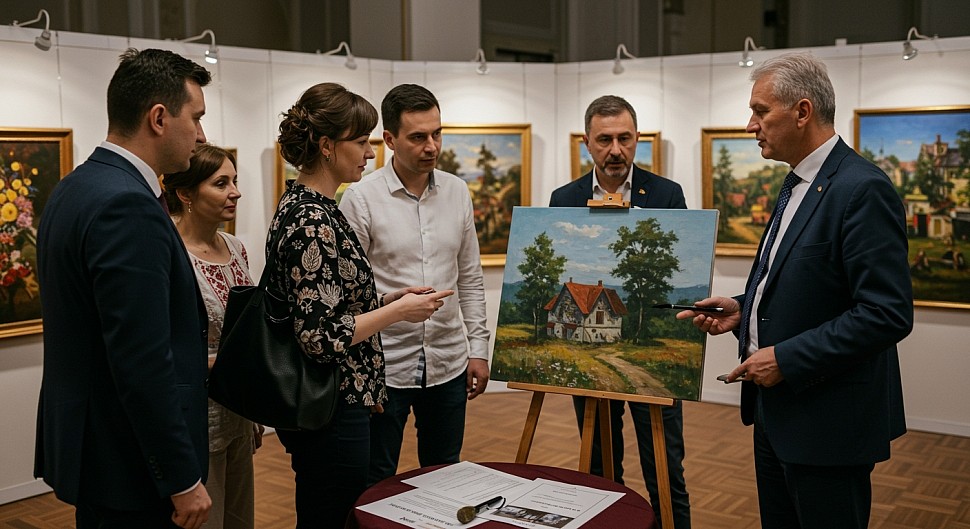
The Ukrainian art market is diverse and rapidly growing. Paintings by well-known Ukrainian artists attract not only local but also international buyers. Before listing a work for sale, consider the following factors:
- Artist demand. The more recognizable the artist, the higher the potential price range.
- Access to archives and experts. Some Ukrainian artists have official archives and representatives who can verify the authenticity of their works.
- Participation in exhibitions and auctions. Artworks that have been exhibited at major events tend to sell for higher prices.
- Documentation and legacy. If the artist is deceased, having comprehensive information about their artistic journey can significantly increase the value.
Overall, to "find the right" buyer and sell a painting at the best price, it is important to prepare not only a detailed artistic reference but also proper provenance and technical evaluation documents. This will allow you to confidently enter the market and offer a competitive price.
Can ChatGPT Estimate a Painting’s Value Instead of an Expert?
Today, AI-powered virtual assistants are widely used. However, artworks remain beyond artificial intelligence's full comprehension since their value is exclusively human-driven. We live through emotions, admiring artistic impressions that robotic systems cannot grasp. You can ask ChatGPT for a painting’s estimated price, but it will only provide an analytical value based on publicly available online information.

Here is an example of a request regarding the value of a painting by Igor Taverovsky submitted to ChatGPT. As you can see, the response is ambiguous and still relies on publicly available online data.
In the art world, the expertise of experienced professionals is essential to:
- Determine the price range, demand, and market conditions for an artist’s work;
- Verify the accuracy of provided documents and historical claims regarding the artwork;
- Assess technical condition (materials used, painting techniques, previous restorations, etc.).
By the way, in the first article on our blog, we explained how the value of artworks is determined. The most important factors include the artist’s education, participation in exhibitions and auctions, awards and titles, and the level of exclusivity in the art market.
Frequently Asked Questions
How to document provenance to increase a painting's value?
Can a painting’s value be estimated from a photo?
Can ChatGPT determine the price of a painting?
What documents are needed to verify authorship and authenticity?
How long does an appraisal and expert evaluation take?
What should I do if I want to sell my painting for the highest price?
Free Painting Valuation
ArtDom Gallery helps collectors expand their collections with new works, which is why we offer free art valuation services. If you want to sell an artwork, determine its estimated value, or sell it at the best price, contact the specialists at ArtDom Gallery, and we will provide a free consultation.
